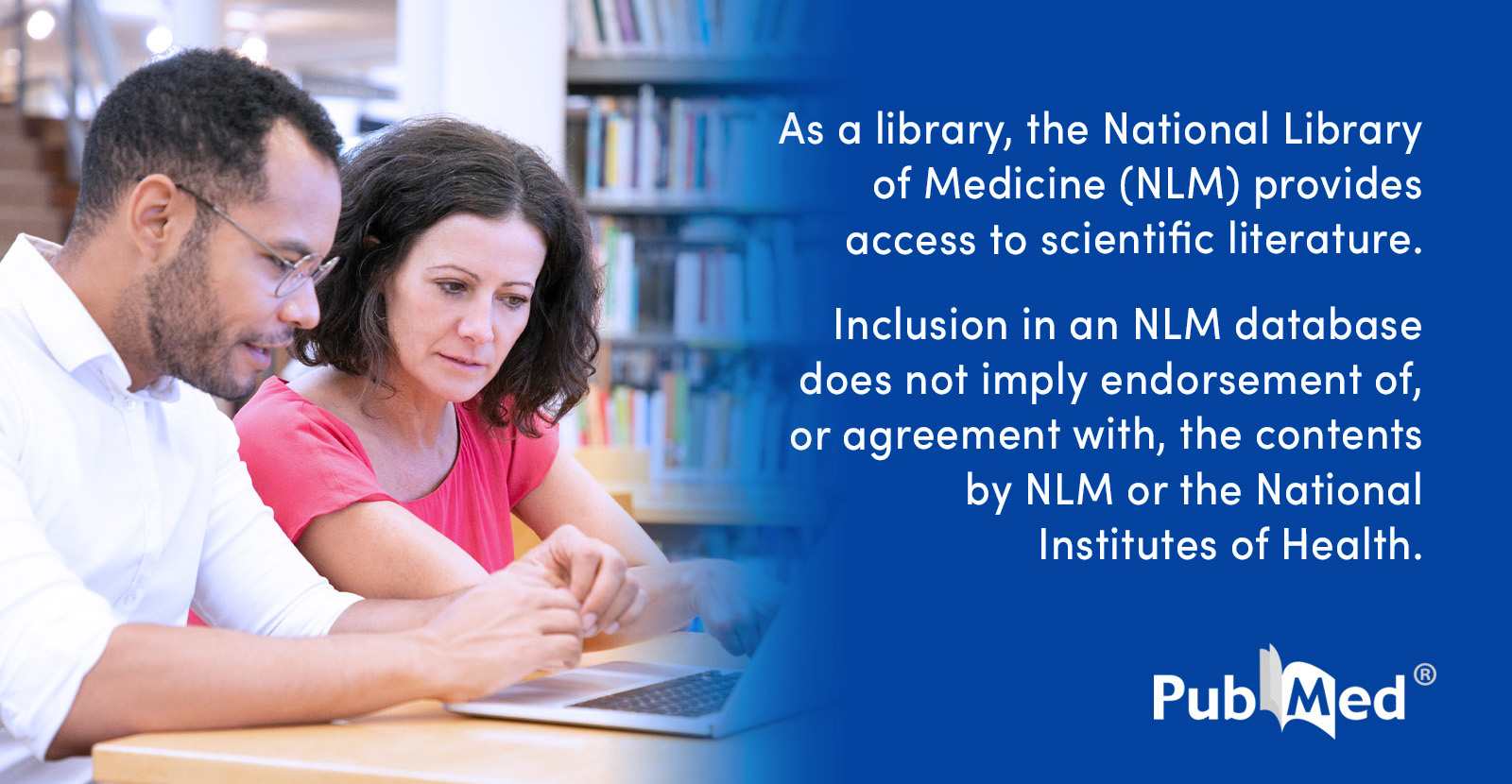
A team of researchers has developed a precise and efficient method to measure the enzymatic activity of beta-carotene 15,15′-dioxygenase (BCO1), which is essential in the biosynthesis of vitamin A from dietary beta-carotene. Utilizing reverse-phase high-performance liquid chromatography (HPLC), the team was able to quantify the conversion products of beta-carotene with improved accuracy and sensitivity.
BCO1 catalyzes the central cleavage of beta-carotene into two molecules of retinal, a form of vitamin A necessary for vision, immune function, and cellular health. Accurate measurement of BCO1 activity is crucial for understanding its role in human health and diseases linked to vitamin A deficiency.
The newly developed method involves incubating purified enzyme extracts with beta-carotene substrates under controlled conditions, followed by extraction and separation of the resulting compounds using reverse-phase HPLC. This technique improves upon earlier methods by offering more consistent retention times, better peak resolution, and the ability to detect low concentrations of enzymatic products.
The application of this method enables researchers to assess BCO1 activity across various biological samples and conditions, facilitating studies on genetic variation, nutritional status, and regulation of vitamin A metabolism.
This advancement in assay development represents a significant step toward better understanding the mechanistic roles of vitamin A biosynthesis and could inform future nutritional and therapeutic strategies targeting vitamin A-related deficiencies and disorders.
Source: https:// – Courtesy of the original publisher.








